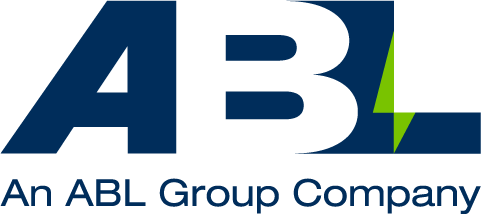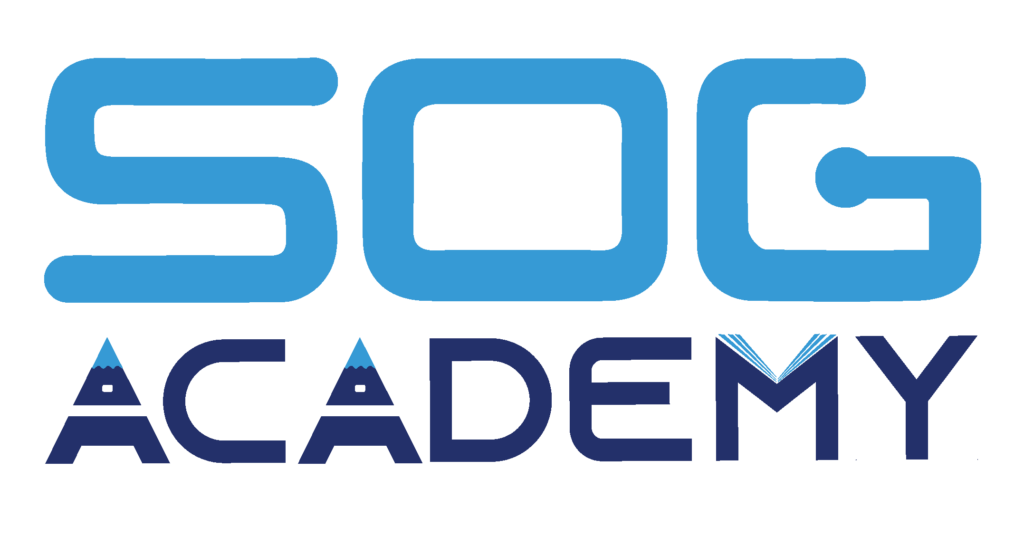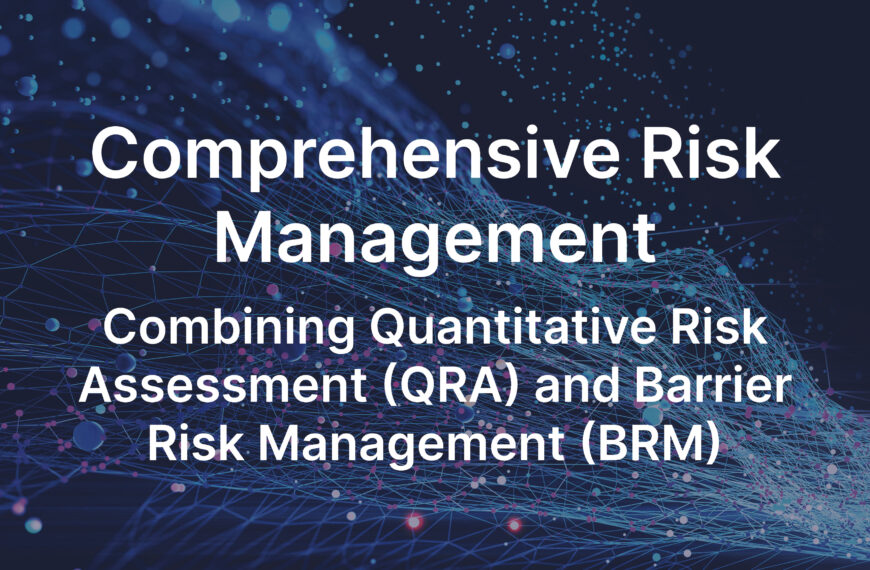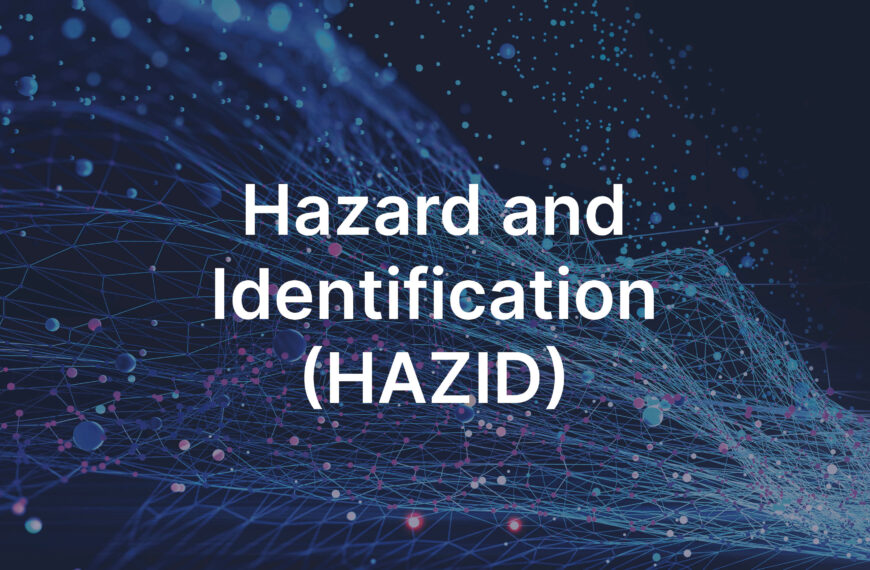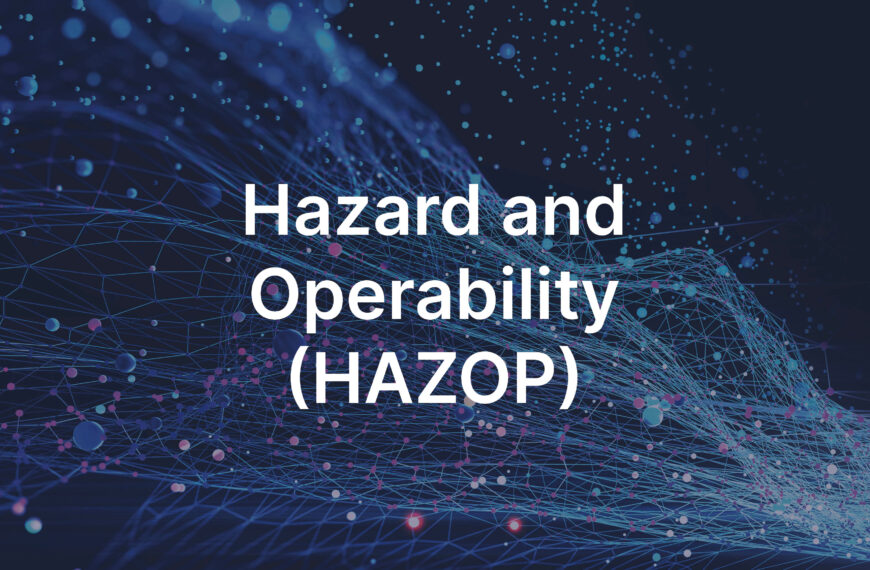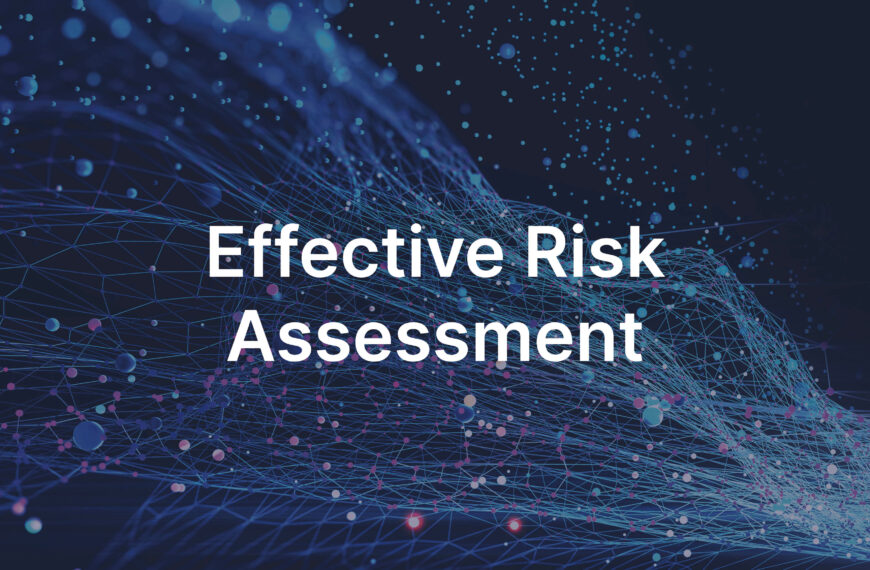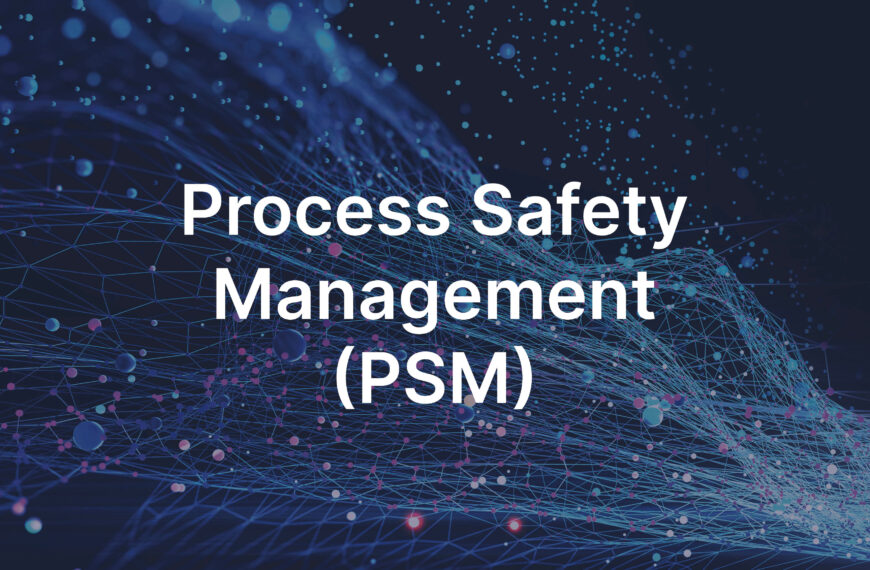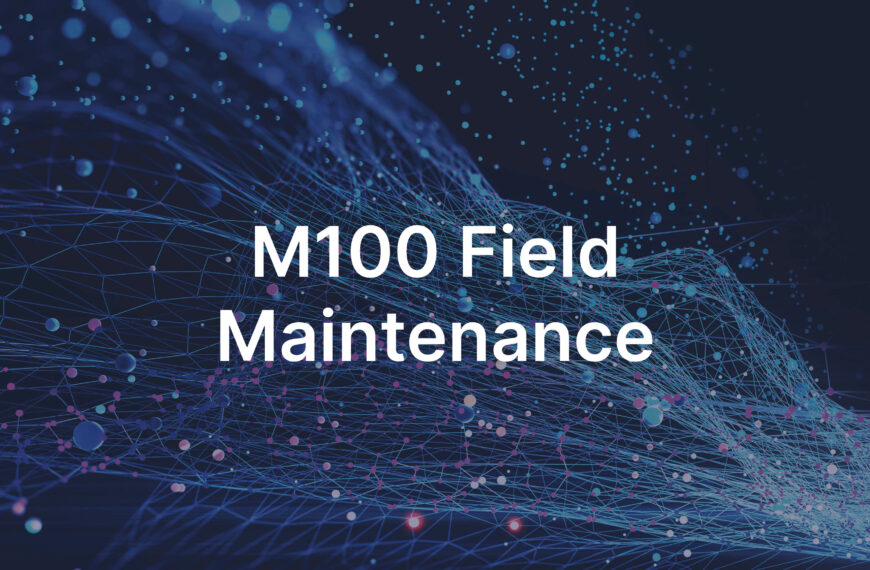Comprehensive Risk Management: Combining Quantitative Risk Assessment (QRA) and Barrier Risk Management (BRM)
Delivery: Classroom, Face-to-face or Virtual
Duration: 3 days
Open course registration available NOW for groups or individuals
Date
Enquire below for course dates
Cost
£999.00 + VAT per person
Delivery
Virtual tutor led via Microsoft Teams
Language: English
Duration
3 days
9am – 5pm UK Time

Key learning outcomes
Master the Fundamentals of QRA
Understand the principles of Quantitative Risk Assessment, including probabilistic risk analysis, failure mode effects analysis (FMEA), and the use of statistical models to quantify and prioritise risks.
Implement Barrier Risk Management (BRM)
Gain expertise in identifying, evaluating, and managing barriers that prevent or mitigate risks. Learn to apply the Bowtie method to visualise and manage barriers effectively.
Integrate QRA and BRM for Optimal Risk Management
Learn how to combine QRA and BRM to develop a comprehensive risk management strategy that is both quantitative and proactive. Understand the interplay between assessing risks and implementing barriers.
Apply Industry-Specific Case Studies
Engage with real-world case studies from industries such as energy, aerospace, and transportation to see how QRA and BRM are applied in practice. Learn from both successes and lessons learned in high-risk environments.
Develop Actionable Risk Management Plans
Leave the course with the skills to create and implement actionable risk management plans that can be tailored to your organisation’s needs.
Who should attend?
This course is aimed at anyone with a strong desire to develop their understanding of quantitative risk assessment process safety and personnel at all organisational levels with an emphasis on operational/maintenance supervisors, facilities engineers, design personnel and workforce members with responsibility for site safety.
Course content overview
1
Introduction to Quantitative Risk Assessment (QRA)
- Basics of risk assessment and analysis
- Statistical tools and techniques for QRA
- Probabilistic risk analysis and its applications
2
Principles of Barrier Risk Management (BRM)
- Identifying and categorising barriers
- The Bowtie method for visualising risks and barriers
- Techniques for maintaining and improving barriers over time
3
Integrating QRA with BRM
- How QRA informs BRM decisions
- Developing comprehensive risk mitigation strategies
- Case studies: Successful integration of QRA and BRM in various industries
4
Case Studies and Applications
- Industry-specific examples from energy, aerospace, and transportation
- Lessons learned from past incidents and near-misses
- Group exercises on risk management scenarios
5
Developing and Implementing Risk Management Plans
- Creating actionable, data-driven risk management plans
- Tools for monitoring and reviewing risk management processes
- Best practices for continuous improvement
More ABL Training courses
Comprehensive Risk Management: Combining Quantitative Risk Assessment (QRA) and Barrier Risk Management (BRM)
As Low As Reasonably Practicable (ALARP)
Barrier Management
Hazard and Identification (HAZID)
Hazard and Operability (HAZOP)
Effective Risk Assessment
Process Safety Management (PSM)
M100 Field Maintenance Training
P100 Field Production Operations Training
Related ABL Training content
Global maintenance training and development for a multinational organisation
4 ways to upskill and grow your maintenance team
Submit the form below to enquire about this course or any other ABL Training
